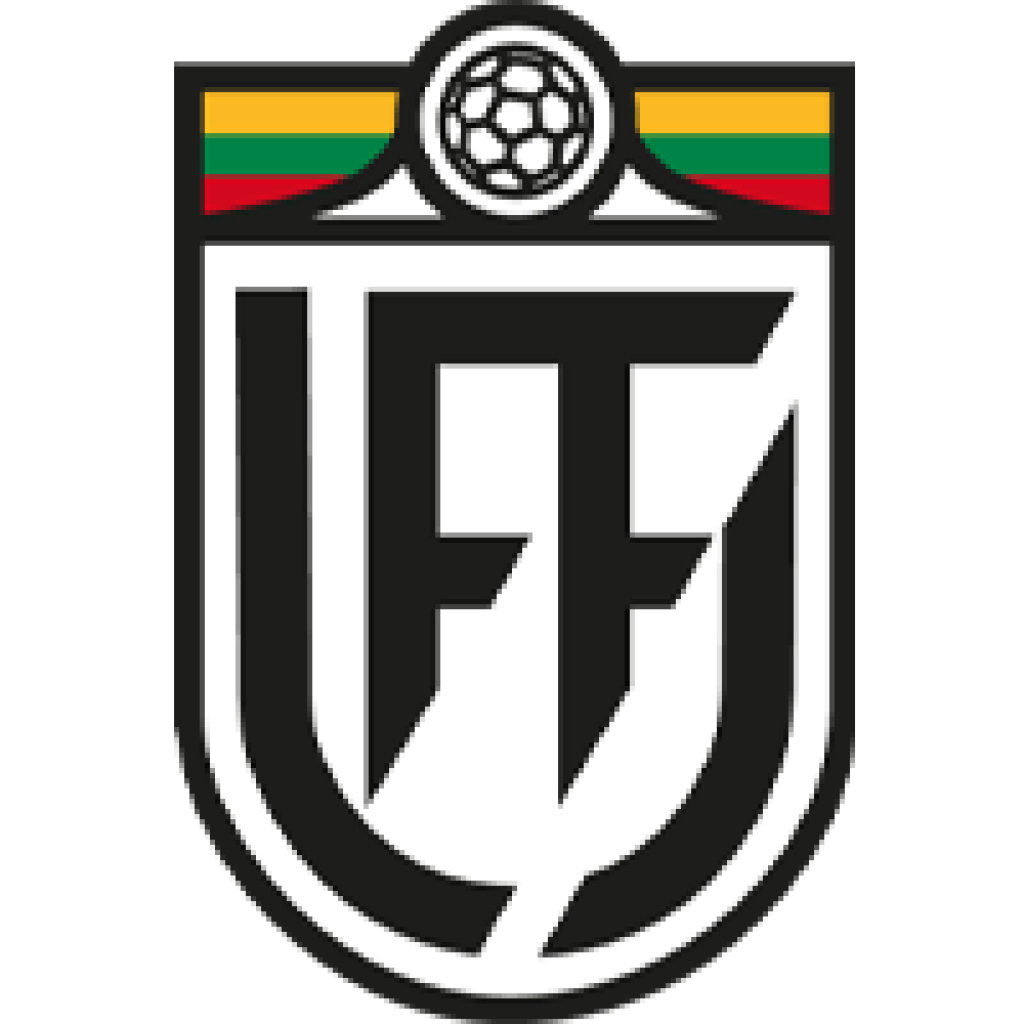
Lithuania FC
An essential facet of Lithuania FC’s rise lies in their evolving tactical philosophy. The club has crafted a distinct playing style that balances tradition with innovative strategies tailored to counter more established European adversaries.
Embracing Modern Tactics with Lithuania FC
Lithuania FC’s default approach revolves around possession-based football, emphasizing fluid passing sequences, intelligent movement off the ball, and disciplined pressing when out of possession. This aligns with contemporary trends in European football while incorporating specific Lithuanian attributes like resilience and work ethic ww88ha.com.
Their midfield acts as the engine room, focusing on quick transitions and exploiting spaces between opposition lines. Wing play is encouraged, utilizing pace and technical dribbling to stretch defenses and create goal-scoring opportunities.
Defensively, Lithuania FC employs zonal marking coupled with aggressive pressing triggers to disrupt opponent build-ups early on. This proactive defending reduces reliance on deep blocks, promoting confidence and control across the pitch.
I appreciate how Lithuania FC combines widespread tactical conventions with a distinctive edge rooted in their cultural ethos. This hybrid approach makes them unpredictable yet grounded, a quality that unsettles opponents accustomed to more one-dimensional game plans.
Key Players and Tactical Roles
Central to Lithuania FC’s tactics are technically gifted midfielders adept at controlling tempo and distributing play efficiently. They function alongside creative forwards capable of breaking defensive lines through dribbling and intelligent runs.
Full-backs play dual roles—supporting attacks with overlapping runs while maintaining defensive solidity when possession is lost. Center-backs are tasked not just with traditional defending but also initiating build-ups via accurate long passes.
Set pieces represent another tactical weapon. Lithuania FC invests heavily in rehearsed routines that capitalize on aerial strength and positional awareness, often leading to crucial goals during tightly contested matches.
From my analysis, Lithuania FC’s player utilization reflects tactical flexibility. Rather than rigidly fitting players into predefined molds, they optimize individual strengths to serve collective objectives, demonstrating a nuanced understanding of modern football dynamics.
Adaptability and Game Management Strategies
While favoring a proactive style, Lithuania FC also exhibits pragmatic adaptability. Against stronger European teams, they are willing to cede possession, tighten defensive lines, and rely on counter-attacks. Such versatility aids in navigating varied European fixtures.
In-game management is another hallmark. Coaches frequently adjust formations based on match flow, introducing tactical substitutions that alter dynamics and exploit emerging weaknesses in opponents.
Additionally, Lithuania FC emphasizes psychological preparation, training players to handle pressure scenarios like penalty shootouts or closing out narrow leads—critical competencies in knockout competitions.
What stands out to me is this balance between idealism and pragmatism. Lithuania FC strives to impose their style but isn’t dogmatic, showcasing a mature tactical outlook that enhances their competitive resilience on the European stage.



